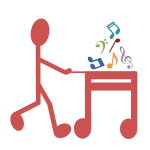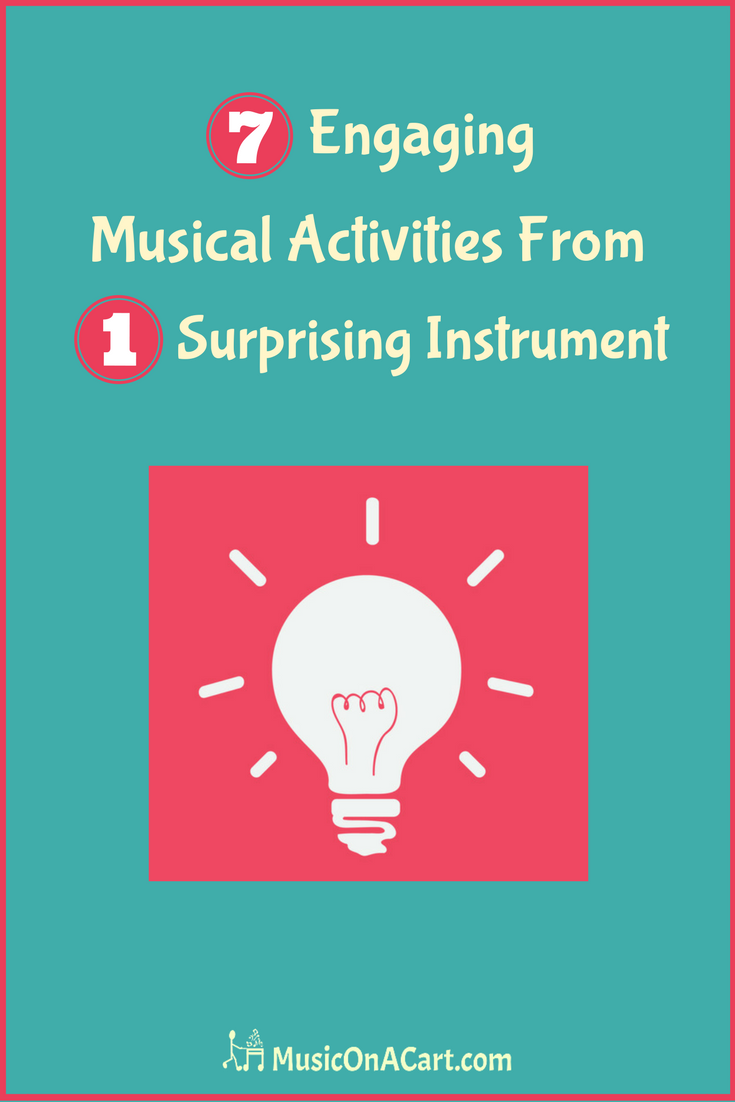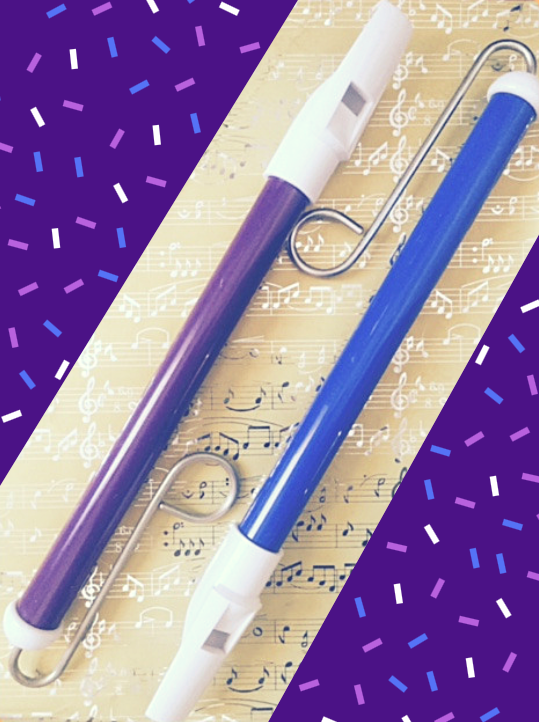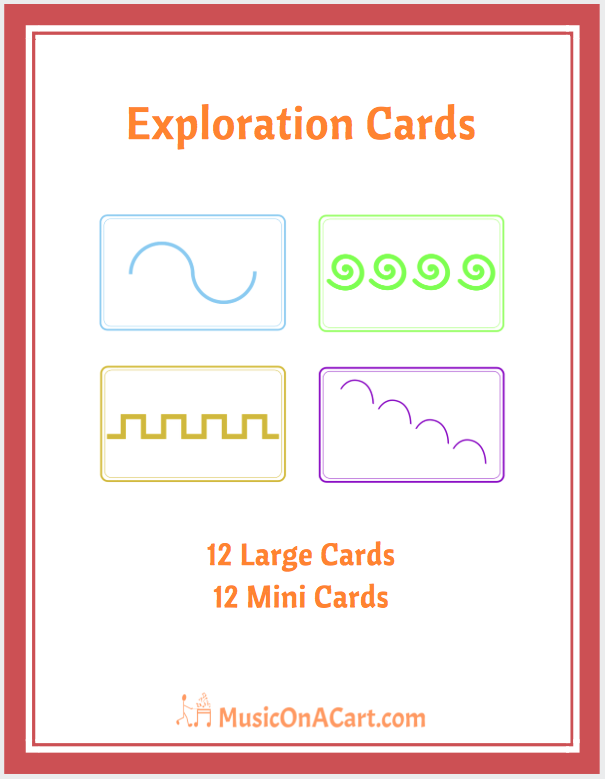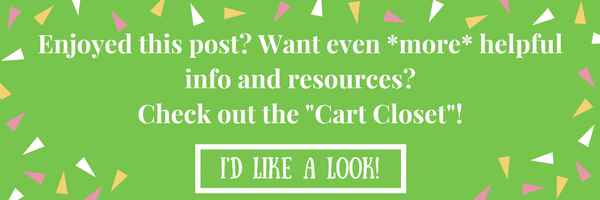As a ‘music on a cart’ teacher, I’m all about using teaching aids and manipulatives in various ways and for multiple purposes. My cart space is at a premium, and though I can fit a lot more items on my cart than one may think, there will always, of course, be space limitations compared to music teachers with their own classrooms. With that said, today I want to share about one of my favorite multi-activity musical items that I permanently keep on my cart and use often throughout the school year...the slide whistle!
At the mention of a slide whistle, one would probably think of using it for vocal and pitch exploration and that’s absolutely true. However, it’s also great for exploring movement and encouraging composition! Here are severn examples of how I like to use the slide whistle in a way that invites students to engage their voices, bodies, and creative minds in my elementary music classes:
- Students use their voices to echo the slide whistle pattern while also using “conducting fingers” to visually demonstrate the pitch of the sung pattern.
- Students conduct a pattern (tracing it in the air in front of them) for me to copy and play on the slide whistle. This can be done including their voices or just using silent conducting gestures.
- Students visually draw the pattern they heard using a whiteboard, pipe cleaners, or drawing app on a tablet/iPad. Plain old pencil/crayon and paper can work, too...have your students fold the paper in half two times to create 4 boxes on each side for them to draw 8 total patterns.
- Students listen to a pattern, then find and select the correct pattern from a group of 2 or 3 cards placed in front of them. After they pick the correct card, have them trace with their finger and sing it. A fun compositional tweak would be to have students pick 3 cards and put them in the order of their choosing. They can then take turns vocally sharing their "composition" with a partner, small group, or the whole class.
- Invite students to stand and follow you as you move isolated parts of the body (ex. elbow, toe, eyebrows, pinky finger, hip, lips, knee, etc.) to the pitch of the slide whistle. Vary between slow and sudden gliding sounds, and utilize different ascending and descending patterns to encourage movement.
- Have students choose which part of the body they want to move. Give them a few seconds to think of what body part they’ll use before listening to the slide whistle pattern, then have them vocally echo as they physically perform the movement with their chosen part of their body.
- Beginning at one side of the room, after listening to the slide whistle pattern, a student moves across to the other side mimicking the pattern played. This could be done one student at a time or a small group of 2, 3, or 4 at a time. It’s lots of fun mixing up legato, staccato, fast, and slow patterns all to encourage hopping, jumping, skipping, walking, slithering, sliding, twirling and more using direct/indirect and high/low locomotor movements.
As you can probably tell, I like to use a variety of patterns from smooth to detached, quick or sustained, ascending, descending and more! I start short and simple (about 2 beats long, using only 1 pattern) and gradually increase to longer and more complex patterns (4-8 beats long, using multiple, connected patterns) as the year goes on. These activities are great opportunities for vocal and movement exploration and allows for performance assessment in a super fun way. These slide whistle activities also make great “5 minute fillers” for situations like when you're waiting for the classroom teacher to return at the end of the period or for when an assembly has eaten up a large chunk of the music period, leaving only a few minutes of class time.
Looking for some fun and unique pattern cards to use?
Check out the "Exploration Cards" resource in the Cart Closet!
And finally, the slide whistle can also serve as a second voice. In the unfortunate times that I've had laryngitis, these various slide whistle activities have really come in handy. Yet even when I’m in good health, they offer a nice vocal pause and a chance for some vocal rest in the midst of a heavy teaching day.
How about you? Have you ever incorporated the slide whistle into your music teaching activities? Have you ever used it for something other than vocal/pitch exploration? Have you ever considered using it for movement activities? I’d love to hear your thoughts and ideas below!
Encouraging you to rock as you roll,
